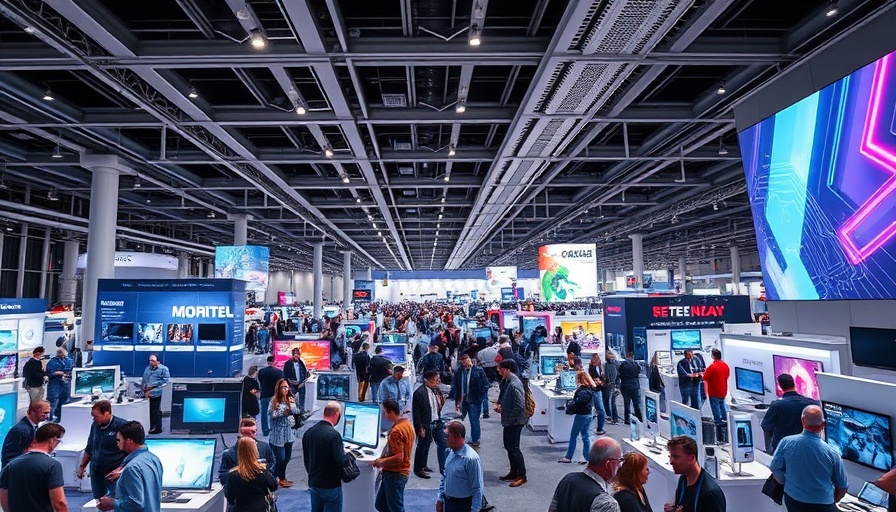
A Game Changer for DevOps: AWS and GitHub Integration
In the tech landscape, where speed and efficiency reign supreme, the announcement from Amazon Web Services (AWS) regarding the GitHub integration for Amazon Q Developer is poised to significantly enhance the developer experience. Designed to facilitate seamless collaboration in the DevOps environment, this integration aims to streamline workflows and improve overall efficiency for developers.
Why This Integration Matters
As developers increasingly embrace Agile DevOps practices, available tools must evolve. The GitHub integration specifically targets the needs of developers working in real-time collaborative settings. By facilitating the connection between AWS’s cloud services and the popular version control platform, this integration will allow teams to focus on writing code without worrying about the overlap in operations.
Understanding DevSecOps in Context
Another critical aspect of this integration is its implications for DevSecOps. As security remains a prime concern in software development, AWS's connection to GitHub allows for enhanced security features to be seamlessly integrated throughout the development cycle. Developers can now incorporate security checks directly into their workflows without sacrificing speed.
Visualizing the Workflow: Before and After
The transition to this integration will surely set a new precedent for the operational model within software development teams. Imagine a scenario where code changes pushed to GitHub automatically invoke deployments in AWS, all without the need for manual resource allocation. This boost in automation not only minimizes human error but also fosters a culture of rapid iteration—a critical element of Agile frameworks.
Future Opportunities in the DevOps Ecosystem
Looking forward, this integration opens the door for exciting opportunities. We can expect further innovations merging Artificial Intelligence and coding, elevating GitHub’s traditional role in version control to that of an intelligent assistant. For instance, tools could proactively suggest improvements or highlight potential integration issues before they affect production, enhancing productivity for developers and teams.
Relevance to Current Trends in Development
As organizations transition to digital-first strategies, aligning development processes with business objectives becomes paramount. The combination of AWS and GitHub is a step towards achieving this goal, providing organizations with the tools they need to remain competitive in an ever-evolving market landscape. Automation and continuous integration are no longer just luxury items for tech giants; they are becoming industry standards.
Actionable Insights for Developers
For developers looking to leverage the benefits of this integration, the first step is to familiarize themselves with the features offered by both AWS and GitHub. It’s essential to explore how to optimize project management and establish seamless communication within teams. Additionally, attending workshops or training sessions on Agile and DevOps methodologies could prove invaluable, further equipping developers with the skills needed to excel in this integrated environment.
Conclusion: The Road Ahead for Software Development
The AWS and GitHub integration marks a pivotal moment for developers. By embracing this innovative partnership, teams not only enhance their technical capabilities but also foster a collaborative spirit that is essential for success in today’s fast-paced development arena. As the landscape continues to evolve, staying informed and agile will remain critical. Get ready to embrace the change!
 Add Row
Add Row  Add
Add 




Write A Comment